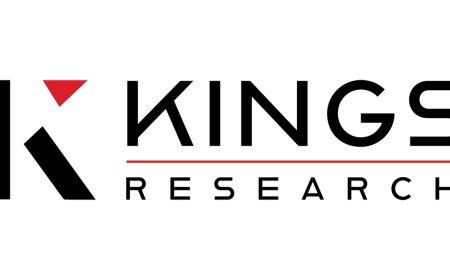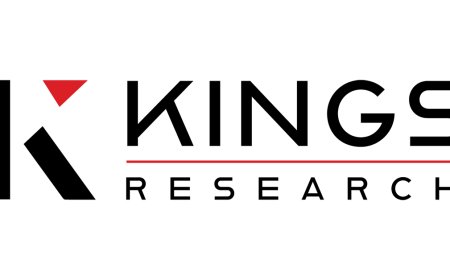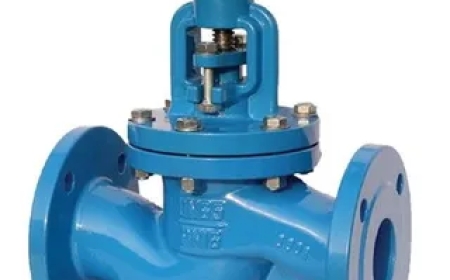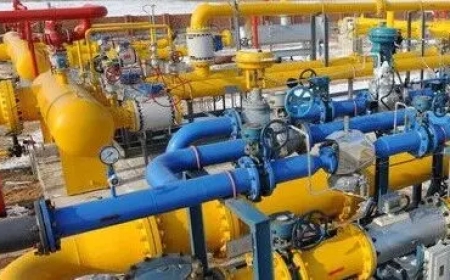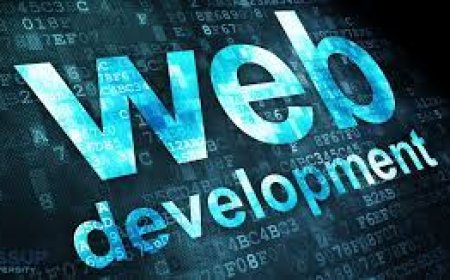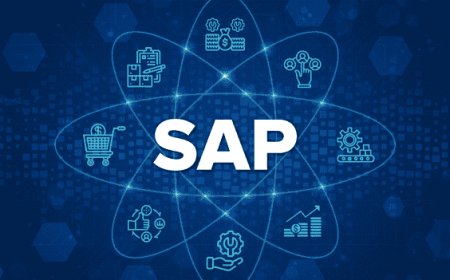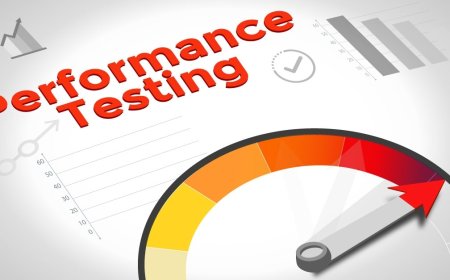The Critical Role of Safety Audits in Effective Change Management
Ensure safe organizational change with effective safety audits. Learn steps to control hazards and protect workers during operational transitions.

In any workplace, especially high-risk industries like construction, manufacturing, oil and gas, and healthcare, change management isnt just about operational adjustments its about protecting lives. Every time a new process is introduced, a piece of equipment is replaced, or procedures are revised, new risks emerge. Thats why safety audits play a crucial role in ensuring these changes dont compromise worker safety.
In this article, well unpack how safety audits support effective change management, identify what can go wrong when audits are neglected, and walk through a practical, step-by-step guide for using audits to control hazards during organizational change.
For professionals aiming to build expertise in workplace safety, enrolling in a NEBOSH Course is a smart decision. These globally recognized certifications teach the principles of hazard control, risk assessment, and safety auditing, making them essential for anyone involved in operational or safety management.
Why Change Management Needs Safety Audits
When organizational changes happen whether its a factory layout adjustment, new chemicals introduced, or the implementation of automated machinery existing safety systems can become outdated overnight. Emergency exits might be blocked, new hazards overlooked, and old procedures rendered ineffective.
Safety audits serve as a structured, independent check to:
-
Identify hidden or emerging hazards
-
Verify if existing control measures remain adequate
-
Ensure compliance with regulatory safety standards
-
Protect workers from preventable accidents and exposures
Without regular audits during periods of change, organizations risk creating blind spots in their safety systems and those gaps can quickly turn into serious workplace incidents.
The Role of a NEBOSH Course in Strengthening Change Management
Safety audits require trained, competent professionals who understand hazard identification and control principles. This is where a NEBOSH Course becomes invaluable. In Pakistan, NEBOSH course providers offer a range of options from the foundational NEBOSH IGC to more advanced diplomas.
Knowing the technicalities of change management audits, hazard profiling, and regulatory compliance is part of what NEBOSH-certified professionals excel at. By investing in this training, organizations strengthen their ability to manage transitions safely.
Common Risks During Organizational Change
Even minor adjustments can introduce unexpected hazards, such as:
-
New traffic routes interfering with evacuation paths
-
Additional chemicals increasing fire or exposure risks
-
Altered workflows raising the chance of ergonomic injuries
-
Insufficient training for staff operating new machinery
A proper safety audit detects these dangers early, allowing for corrective action before an incident occurs.
Step-by-Step Guide: How to Use Safety Audits in Change Management
Lets simplify this process into clear, actionable steps:
Step 1: Identify Whats Changing
Define the nature of the organizational change:
-
New equipment?
-
Updated processes?
-
Facility renovations?
-
Material or chemical substitutions?
A clear understanding of the change allows auditors to anticipate new risks.
Step 2: Plan a Pre-Change Safety Audit
Before implementing any change:
-
Review existing risk assessments
-
Evaluate control measures for their continued effectiveness
-
Conduct site inspections with safety officers, supervisors, and employee representatives
Use a formal audit checklist to leave no hazard unexamined.
Step 3: Engage Employees in the Audit Process
Workers know their job risks better than anyone. Involve them in identifying potential hazards introduced by changes.
Anecdote:
At a food processing facility, a new packaging line was installed without consulting machine operators. During a pre-start safety audit, operators highlighted that the placement of emergency stop buttons was inaccessible from certain angles. Adjustments made before launch likely prevented future injuries.
Step 4: Implement Corrective Actions Before Go-Live
Use audit findings to:
-
Update safe work procedures
-
Adjust emergency plans
-
Install new PPE stations or signage
-
Revise shift schedules or supervision plans if workload changes
No change should proceed without addressing audit recommendations.
Step 5: Conduct a Post-Change Safety Audit
After the change takes effect:
-
Reassess the workplace for unforeseen risks
-
Evaluate the effectiveness of control measures
-
Gather feedback from workers on any safety concerns
Step 6: Maintain Records and Follow-Up
Document all audit findings, corrective actions, and lessons learned. This information is invaluable for compliance and future change management projects.
Why Consistent Audits Reduce Hazards
Routine, structured safety audits:
-
Keep change management grounded in hazard control
-
Reinforce a proactive safety culture
-
Prevent small oversights from escalating into major incidents
-
Improve compliance with national and international regulations
The Value of Professional Safety Training
Managing change safely isnt a job for guesswork it requires technical competence. This is where a NEBOSH Course plays a vital role. It equips safety professionals with auditing, hazard assessment, and emergency planning skills.
Thinking about upskilling your safety leadership? Explore the Safety Officer Course in Multan for additional localized training opportunities alongside international certifications.
Read more here.
Additional Best Practices for Change Management Safety Audits
-
Use an industry-specific checklist: Customize your audit tools to your sectors unique hazards.
-
Schedule audits at different project stages: Pre-change, mid-implementation, and post-change.
-
Integrate audits into your management of change (MOC) policy: Make them a non-negotiable step.
-
Recognize and reward staff contributions: Encourage workers to engage in safety audits by publicly acknowledging their input.
Final Thoughts
Organizational change is unavoidable, but workplace hazards are not. The quality of your change management process directly impacts worker safety, regulatory compliance, and operational continuity.







